The Sledge Chair is one of the pieces made by designers
The work of Studio Propolis is an object lesson in how design thrives on beautiful constraints. Owners Naeem Biviji, born in Kenya, and Bethan Rayner, from the United Kingdom, are architects with a singular dedication to crafting almost every element of their work themselves, by hand.
The elegance of this Nairobi-based husband and wife’s work – whether architecture, joinery, furniture or product design – is born of their earnest approach to using resources wisely in an under-resourced part of the world. Sensitivity to the environment is part of their motivation, but you get the feeling that they can’t resist a good challenge, regardless of the budget or materials available.
While they praise their clients’ appreciation of good design, they go beyond the brief in all of their work. A chair might be created for a one-off commission but its design will be resolved enough to roll right onto the production line. Here, they talk through five examples of their work that respond to narrow financial and material parameters with a deftness of design thinking.
1. Kyuna Crescent House
“This was not about fancy architecture – quite the opposite, in fact,” says Biviji. He and Rayner were charged with entirely refurbishing a standard Nairobi bungalow on a “miniscule” budget. They retained and reused as much of the existing house as possible and stuck to cheap, locally available materials. They broke the house up into distinct sections that could be used to accommodate different needs. The new house is defined by an innovative lightweight roof structure made of wood.
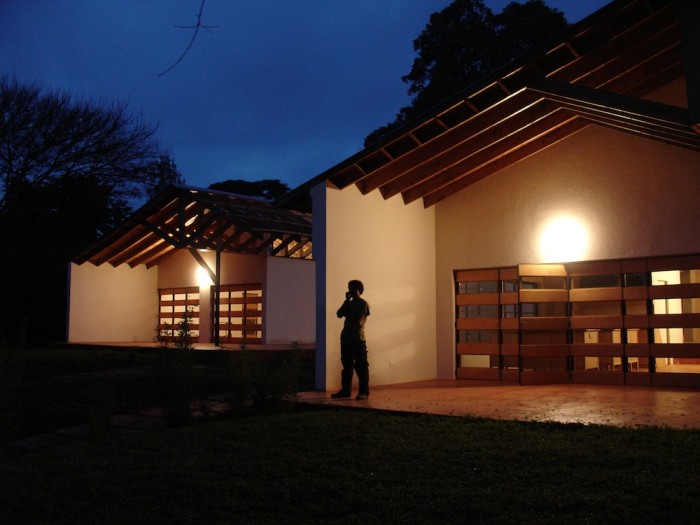
Oriented towards the east, the Vierendeel truss supports the roof and creates huge windows that fill the main rooms with morning light. The roof plane slopes down to the west and protects the outdoor areas from the hot afternoon sun. A trellis provides counter weight for the thrust of the roof on the Vierendeel truss and casts a constantly changing play of shadows through the house.
2. Sledge Chair
“What we’re geared up to do best is woodwork,” says Biviji. This chair was a self-initiated piece that became an exercise in making a fully resolved design using only timber, without any mechanical fixings such as screws. It is made of cypress, a wood usually used for firewood and construction in Kenya. “We wanted to change people’s perceptions about using imported hardwood for things such as furniture,” says Biviji.
“It’s more sustainable to use a wood that is readily available. It also makes more sense to source materials locally from the people who manufacture them. You build relationships and can negotiate with them.”
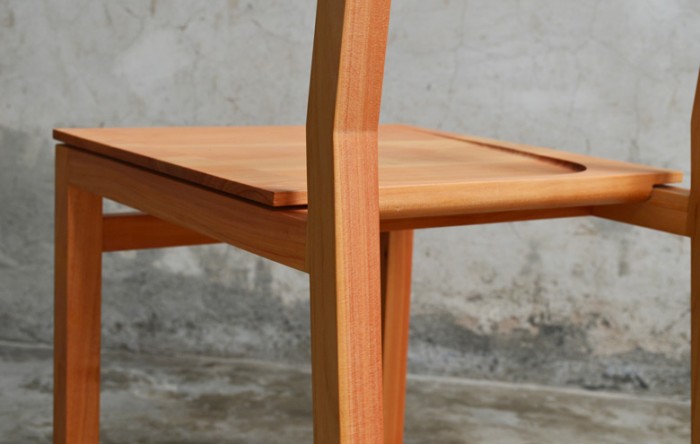
As if to prove a point about what can be done with cypress, the chair’s profile is satisfyingly minimalist without ignoring the details. The back rail is subtly curved and the seat has a generous scoop to create comfort. A final touch is the floating seat, which adds lightness to the sturdy frame.
3. Dudu Chair
This dining chair is made of locally manufactured cypress plywood. Although it was a private commission for some friends, the designers wanted a chair that would also be easy to manufacture on a large scale. “The chair is decidedly low-tech in conception and deliberately works with the planar quality of sheet materials, adopting a language of ribs, fins and shells,” they say. It is equally appropriate in both domestic and commercial contexts and can be given playful touches by altering its colour and finish.
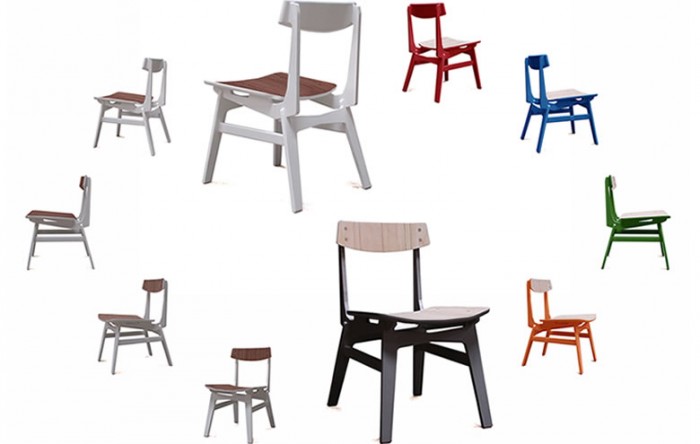
4. Flexible Storage System
Made for a client who leads an itinerant lifestyle, this shelving system needed to come apart and be easily rebuilt. Working out how to accommodate the owner’s various needs – housing a computer, printer and hanging files; including adequate space for storage of stationery and small items; and displaying his collections of pots and books of different sizes – required some complex problem solving.
“Everything had its own dimensional constraint,” says Biviji. The result was a highly efficient storage system with luxurious attention to detail, such as leather-lined drawers. “There’s an honesty of design and a robustness about the product,” he observes.
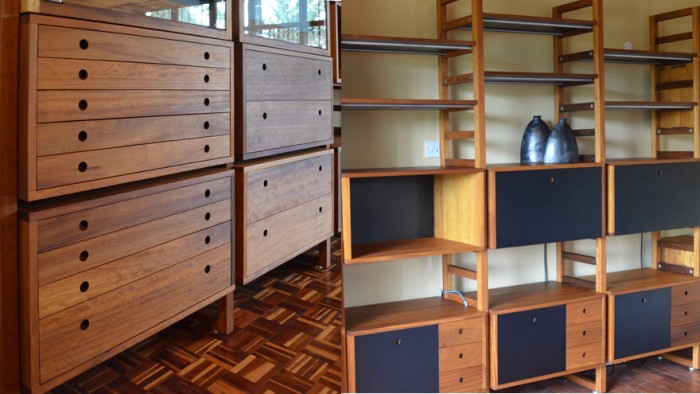
5. Fiesta Folding Table
This table, commissioned by a safari lodge, was one of Studio Propolis’s first projects. “It was our big break,” says Biviji. Fiesta is a collapsible table with tripod legs and a separate top that can be easily transported. Its beauty lies in its streamlined, modular design: one or two tables can be used for dining in more compact spaces but an endless number can also be placed end-to-end for banquet-style dining.
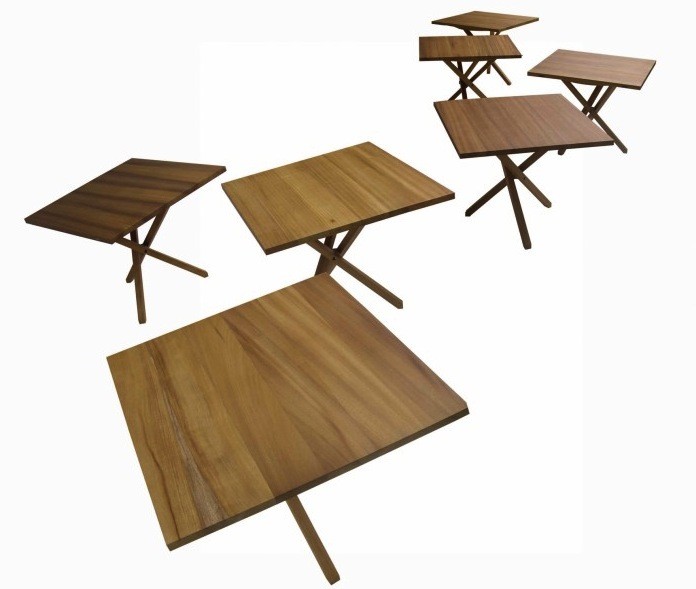
For more of the latest news on design and creativity in Kenya, visit designindaba.com.